By Arnold Blumberg
During Germany’s early string of victories between 1939 and 1941, Hitler informed the members of the nation’s aerospace industry that he had decided to impose new restrictions on aircraft research and development. However, by 1942 the Führer and his Air Force High Command (Oberkommando der Luftwaffe) had recognized their mistake. With the increasing weakness in the fighter arm, Hitler saw that his old faithful aircraft like the Messerschmitt Me-109 were losing ground to the new Allied long-range fighters, such as the North American P-51 Mustang, used to escort U.S. and British bombers that were devastating Germany with little resistance. The constant barrage of Allied bombing finally forced Hitler to invest in producing airplanes at the cutting edge of technology. These included bombers capable of carrying the war as far as America and beyond the Ural Mountains into Russia. To the German warlord, these new wunderwaffe—“wonder weapons”—would mean the life or death of his Third Reich. What he wanted was a cheap, revolutionary aircraft of such advanced technology that it could be mass produced quickly and efficiently.
The Me-262: Hitler’s Wunderwaffe Jet Fighter
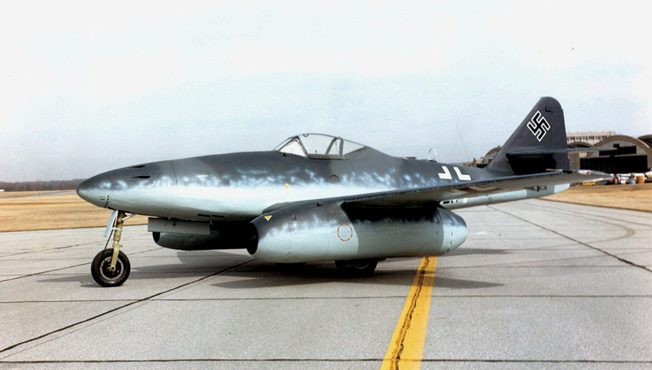
One such aircraft pressed for by the designers was the jet fighter. The engines of the new jet types stemmed from work carried out before the war by Britain’s Sir Frank Whittle and Germany’s Hans-Joachim Pabst von Ohain. Both inventors created centrifugal and axial flow turbojets, which became the obvious step forward in aircraft design and the arrival of the operational jet aircraft.
Despite the massive destruction of German industry, aircraft manufacturers rushed to build the world’s first operational jet fighter. By the end of 1942, two companies had turbojet projects: Heinkel with its He-280 and Messerschmitt with the Me-262. After a number of competitive trials between the two designs, the latter plane was chosen for production mainly because test pilots preferred the Me-262’s greater range and better speed delivered from its twin Junkers Jumo engines.
When the commander of the Luftwaffe’s fighter force, General Adolf Galland, flew the Me-262 in May 1943, he reported that his flight in the jet was like “being pushed by angels.” With a speed of over 540 miles per hour and combat capability far superior to any Allied plane “these aircraft were hailed as the Reich’s best chance of turning round a lost war.”
Regardless of the Me-262’s promise, by the winter of 1943, with the increasing waves of Allied bombers over the Reich, Hitler worried about the Me-262’s high fuel consumption and postponed the jet’s production. However, in January 1944, after reading an article in the British press on the success of their experiments with jet aircraft, he ordered that the design be rushed into production with a goal of 1,000 being manufactured a month.
After November 26, 1943, the date Hitler first saw the aircraft, he decreed that the Me-262, which was built as fighter, be employed as a fast bomber. To that end, he directed all weapons on board the jet to be removed so it could carry a greater bomb load. His rationale was that his new jets did not have to defend themselves since with their superior speed they could avoid enemy fighters. Hitler’s decision that the Me-262 should be used exclusively as a bomber caused extensive design modifications to the aircraft and delayed its production and introduction into service. By October 1944, further versions of the Me-262 were introduced: photo reconnaissance, ground attack, and two-seater radar-equipped night fighter models.
The Me 262 A-1a, built by Messerschmitt, was flown by a single pilot and was powered by two Junkers 004B-1 jet engines, giving it a thrust of 1,980 pounds. Its wingspan was 41 feet, and the aircraft was almost 35 feet long and 12 feet, 7 inches high. It weighed 6,396 pounds when fully combat loaded. It could reach an altitude of 37,565 feet and had a range of 652 miles.
The first trial unit, Erprobungskommando 262 (EK 262 or Trials Unit 262) received its complement of jets at Lechfeld in May 1944. Operating in small detachments, within three months the unit had achieved a number of aerial victories, although its missions were mainly bombing runs. With a serious lack of fuel, ammunition, and spare parts, operational policy for the Me-262 remained purely defensive until the Ardennes Offensive in December 1944. About 25 Me-262 jets supported the German ground attack during what became known as the Battle of the Bulge. The plane’s effect on the struggle was minimal due to the poor weather over the Ardennes battlefield and the small number of Me-262s employed.
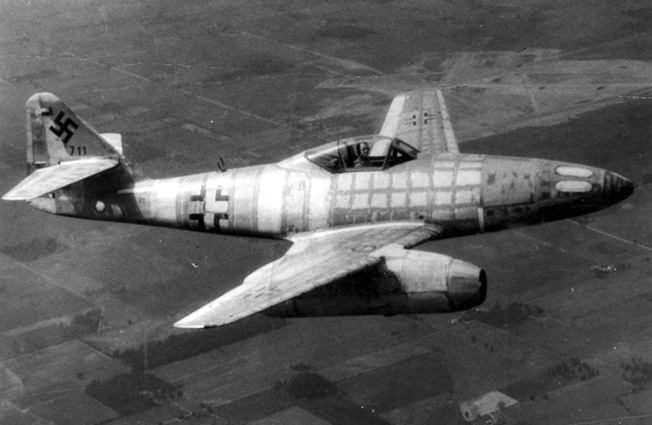
During the war, 1,433 Me-262s were delivered to the front; however, few became fully operational and their numbers were too few to mount significant attacks on the enemy. Some Me-262s continued in the tactical bomber role while others fought Allied air assaults over central Germany. Reports of Allied aircraft shot down top 100 bombers and fighters falling to the Me-262’s four 30mm MK 108 cannons. But many of the jets were brought down by American and British piston engine fighters, destroyed by enemy fire while taking off or landing, or crashing due to mechanical problems. Lastly, during the war’s final months, with only German day fighter operations allowed over the Fatherland, most Luftwaffe bomber units were disbanded, and the Me-262 bomber was almost nonexistent.
The Arado Blitz Bomber: The Wunderwaffe that Arrived too Late
While the Me-262 was designed as a fighter jet but also employed as a bomber, another wunderwaffe weapon, the Arado Ar.234B-2, was a purpose-built bomber powered by jet engines. A revolutionary aircraft that could certainly have had some impact on the course of the war in Europe had it arrived on the battlefield at an earlier stage, surprisingly it was used relatively little.
The Arado Ar. 234B-2 “Blitz” bomber, designed by Walter Blume, was manufactured by Germany’s Arado Flugzeugwerke GmbH, and was the second jet-engined aircraft in history to go into service—and the first jet bomber. Planned from 1941 onward, the prototype only flew on June 15, 1943, due to delays in the delivery of the new Junkers Jumo 004 turbojet engine. A year later the first planes of the initial production series (B) were delivered. This became the principal production model and was built in two variants: the B-1 photo reconnaissance aircraft and the B-2 bomber.
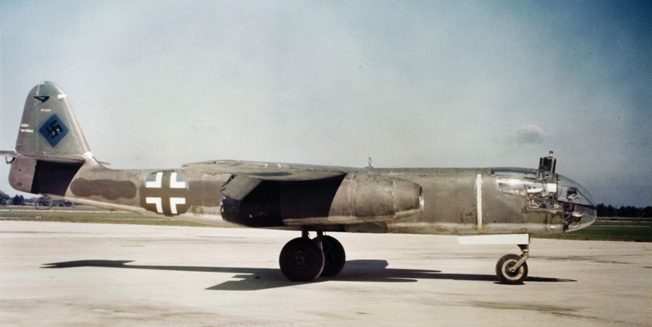
The Ar. 234B-1 was the first to go into operational use in July 1944. The bombers were only sent to an experimental air unit at the end of the year and did not take part in any combat until the first month of 1945 when about 20 participated in the Battle of the Bugle. By then the war was lost, and the effect of the plane in combat was marginal at best. Only 214 Ar. 234B-2s were built.
The Ar. 234B-2 was crewed by a single pilot and was powered by two Junkers Jumo 004 jet engines, creating a thrust of 1,980 pounds. With a wingspan of a little over 46 feet it was 411/2 feet long, 14 feet high, and when loaded weighed 18,541 pounds. Its maximum speed was 461 miles per hour with a service ceiling of 32,810 feet and a range of 1,103 miles. Its bomb load was 3,300 pounds. The plane’s defensive armament consisted of two 20mm MG 151 cannons firing from its tail.
V For Vergeltung-Waffe: Germany’s Rocketry Program
If the Me-262 jets were meant as tactical weapons to protect German skies from Allied aerial assault and blunt enemy ground attacks, Hitler’s Vergeltung-Waffe, or “Retaliation Weapons,” were designed as instruments of terror. This deadly advance in German technology was meant as payback for British and American bombing of German cities. London would be bombed into ruins by upward of 3,000 missiles a week. On June 6, 1944, a few hours after the first Allied soldiers landed along the Normandy coast, orders were issued from the German High Command to activate these instruments of war.
Development of Hitler’s “Retaliation Weapons” began with experiments in rocket technology in the early 1930s under the supervision of Army Captain Walter Dornbeger and his associate, a rocket enthusiast named Wernher von Braun. By 1934 the Aggregat series of liquid-fueled, gyro-stabilized rocket prototypes had been designed. The next year, to ensure the development of the weapon would remain secret, research laboratories, testing sites, power plants, and factory facilities were set up on the isolated island of Peenemunde, just off the Baltic Sea coast of northern Germany.
By 1939, models A-1 through A-4 of the Aggregat rocket series had been produced. However, Hitler felt the program was not needed, that is until the Luftwaffe lost the Battle of Britain. That event gave the A-4 project top priority, and the testing of the missile commenced in March 1942.
The 46-foot-long, 12-ton rocket, which carried a one-ton explosive warhead up to 200 miles, became known as the V-2. After a number of failed launches, a successful one occurred in October 1942, followed by improvement to the device through 1943. In July of that year, Hitler was convinced of the weapon’s potential and ordered it to be mass produced along with a number of large concrete launching bunkers.
While the Wehrmacht was developing its long-range rockets at Peenemunde, a team of Luftwaffe scientists set to work creating a weapon simpler than the V-2 rocket which could be more inexpensively manufactured and in less time than the guided missile. Within a few months the Luftwaffe designers came up with a small, cheap, pilotless aircraft designated the FZG 76-Flakzielgerat (Antiaircraft Target Device) 79, another wunderwaffe weapon better known as the flying bomb or V-1.
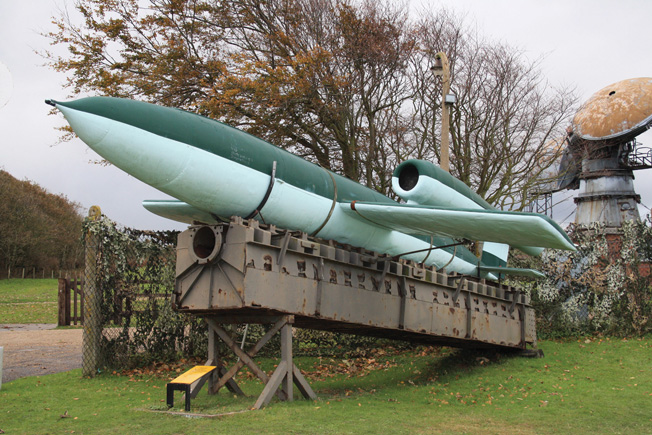
For Hitler the V-1 offered a means of retaliation for the incessant Allied bombing campaign against Germany without the risk of bomber losses on Germany’s part. Codenamed Kirschen (Cherry Stone), the V-1 program was instituted at Peenemunde.
The V-1 resembled a small plane with a stove pipe over its tail and no cockpit. It was about 25 feet long, with a 17-foot wingspan. The jet engine, which was housed in the stove pipe assembly, was fueled by 80 percent octane petrol. It carried a one-ton warhead and was launched by an inclined catapult or launching ramp 158 feet in length. The bomb flew along a preset gyroscopic-controlled course. Although it was not very accurate, it was accurate enough to hit its intended objective: London.
Commencement of the missile attack on the British capital (codenamed Target 42) was scheduled for Christmas Day 1943, but endless technical difficulties in the V-1’s manufacture pushed the strike date back to the summer of 1944 when 5,000 operational V-1s were finally ready to be sent against London. The operation was put under the control of Lt. Gen. Erich Heinemann’s LXV Army Corps. The missile offensive would be carried out from more than 95 launch sites. These were mostly small facilities with ski-shaped buildings designed to protect the personnel firing the missiles from explosions set off by unassembled flying bombs. During December 1943, 52 of these sites were bombed by Allied air units, resulting in the complete destruction of seven sites. In response to the relentless Allied bombing, detachments of antiaircraft guns were positioned around each installation. Despite this added protection, by January 1944 a quarter of the V-1 launch sites had been put out of action by Allied aerial attacks.
On June 13, 1944, even though only 10 of the 55 V-1 launching ramps were ready for action, the first flying bombs, traveling at 360 miles per hour, flew from their bases in northern France each loaded with 2,000 pounds of high explosives. The aiming point for the V-1 was London’s Tower Bridge, and it took only 22 minutes to reach this target. Of the five successfully launched flying bombs that day, one fell into the English Channel, three landed in open areas on the English east coast, the fifth hit a railroad bridge killing six people and injuring nine. On June 15 and 16, the missile offensive was resumed from 55 operational V-1 sites, which delivered 144 bombs on southern England, 73 of which struck London.
For the next three months the battle of the flying bombs was fought over the counties of Kent and Sussex, as well as London, with the Germans firing an average of 97 bombs a day at the capital. Due to the weapon’s speed, British antiaircraft artillery was helpless to combat the menace. By the end of August, 2,224 V-1s had dropped on England killing 5,476 British subjects and destroying thousands of homes and many factories. It was only repeated Allied air attacks and the advance of their ground forces in France and Belgium that caused the Germans to dismantle their V-1 bomb installations in those regions, ending the V-1 blitz by September 1.
Although the V-1 danger was finished, a far more serious missile threat was initiated by the Germans: the V-2. Fired from Holland, the V-2s used mobile launchers. In transit the 12-ton, 46-foot-long rocket was laid out on a Meillerwagen trailer, which not only transported the weapon but served as its firing platform. Any small clearing would do to launch the V-2, and it only took an hour to prepare and fire the missile, which could gain an altitude of 55 miles and a speed of 3,580 miles per hour with a range of 200 miles. Just four minutes after takeoff, the V-2 could come crashing down on London.
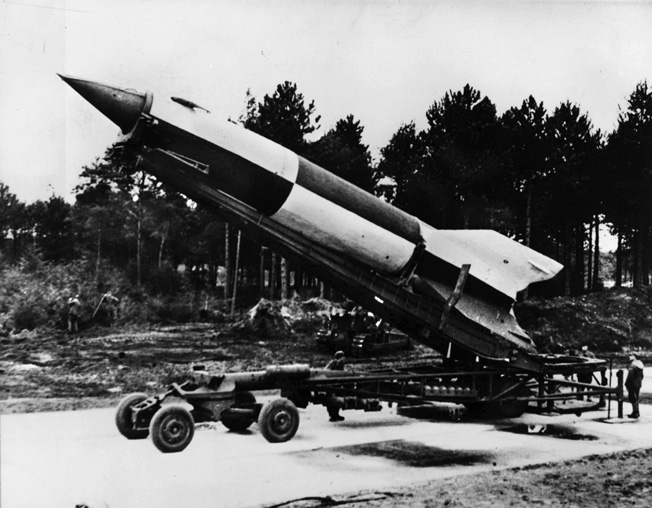
With the program now controlled by the SS, the first V-2s were fired at Paris and London on September 8, 1944, from the area around The Hague in the Netherlands. During the next weeks more rockets (V-1 and V-2s) hit London, with 82 falling on the city in November, killing hundreds of civilians. Antwerp was hit by 924 rockets up to the end of the year while a total of 447 were aimed at London.
The last rockets of the war were fired from The Hague on March 27, 1945. The final V-2 exploded in London, killing 134 people and injuring 94 others. In total, Hitler’s V-2s killed 2,754 and wounded 6,523.
After V-1 flying bombs and V-2 guided missiles rained down on wartime Britain, Hitler had one more murderous “Retaliation Weapon” surprise: the V-3, codenamed Hochdruckpumpe (High Pressure Pump). The V-3, or London Gun as it was sometimes called, was in effect an artillery piece. Following the initial firing charge that forced the projectile up the barrel, a series of secondary charges placed in lateral chambers along the length of the barrel, spaced three yards apart and fired electronically, would detonate, adding to the propellant’s pressure and thus increasing the projectile’s velocity and range to a maximum of 102 miles.
The V-3’s supergun projectiles were nine feet long, finned, and fitted with a 300-pound high-explosive warhead. The site for this new weapon, planned for the installation of a 50-gun battery, was a cavernous two-mile labyrinth of concrete-lined tunnels and galleries dug out by forced labor near the village of Mimoyecques in the Pas-de-Calais area of northern France.
The largest guns ever manufactured, the V-3 barrels were 412 feet long, made of soft steel with six-foot bores in diameter, and all fitted with conventional breech-loading mechanisms.
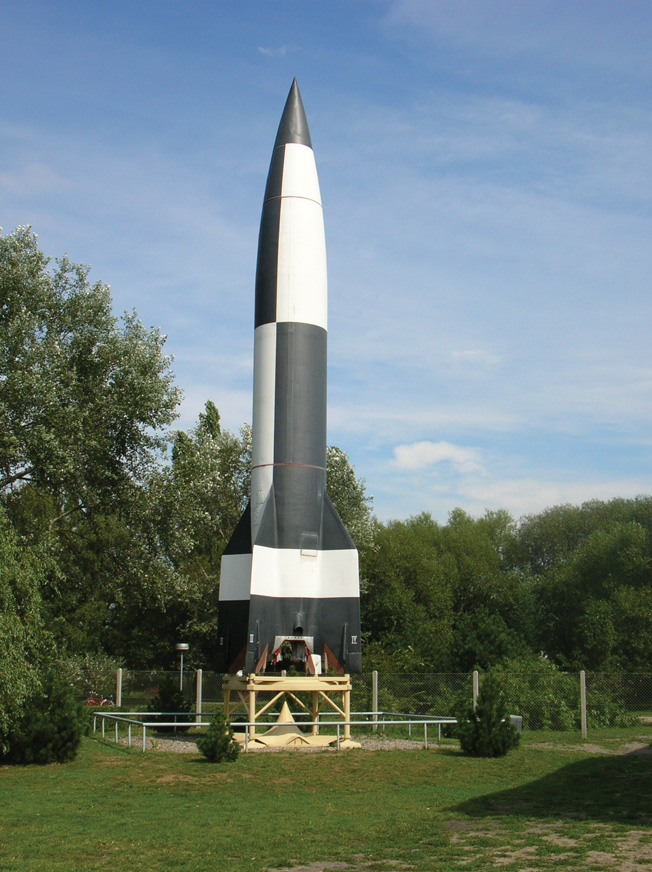
The V-3 site at Mimoyecques was first bombed by the British Royal Air Force on November 5, 1943, with negligible results. A test firing of the Mimoyecques V-3 battery by the Germans delivered seven shells onto the town of Maidstone near London on June 13, 1944. This surprise bombardment prompted a massive Allied bombing raid, using 106 Handley Page Halifax four-engine bombers against the position on July 6, 1944, which destroyed the site with Tallboy bombs. By August, the Germans, due to the extensive damage to the battery, abandoned the facility. In September the region fell into the hands of the Canadian First Army as it swept through the Pas-de-Calais from the Normandy beachhead.
Development of the Tiger I Tank
While wunderwaffe jet bombers and fighters could somewhat retard Soviet and Western Allied ground advances and V-1 and V-2 missiles could exact revenge for the massive Allied bombing of Germany, what Hitler needed most was a weapon to defeat the huge number of Russian and Allied tanks confronted by the German Army. In 1941, Hitler demanded the production of a heavy tank to replace the lighter machines of the earlier war years. The design of what was to be the Tiger I tank did not come about as a response to the Russian T-34 and KV armored fighting vehicles encountered during the German invasion of the Soviet Union in June 1941. Instead, Hitler’s main concerns were combating British tanks and antitank guns. However, after the appearance of the T-34 and KV, the design and production of an effective heavy panzer was pursued with increased urgency. Preliminary work on a heavy tank design had begun in 1940.
At a meeting with Hitler on May 26, 1941, it was decided that the new heavy tank prototype should be ready by the summer of 1942. The tank’s weight would be 45 tons, its frontal armor 100mm thick, with 60mm side armor, and the main gun would be the 88mm Flak 41. Lastly, the armor-piecing round had to be able to punch through the frontal armor of Allied tanks at 1,500 yards. The firms of Porsche and Henschel were contracted to design competing models for consideration. Porsche had a head start in the process since Hitler had commissioned the company in late 1940 to work on such a design. In fact, in 1941 Porsche had received a government contract to produce 100 heavy tanks.
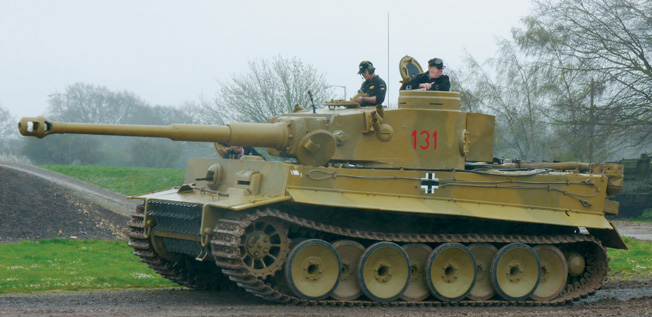
In October 1942, the German Army tank development department ran comparative trials at its training center at the Boblingen Tank Testing Grounds outside the city of Stuttgart and decided the Henschel heavy tank was superior to the Porsche model. The Henschel model, designated VK 45.01 (H), was not created through a controlled design process defined by careful systematic conceptual design stages. Instead, it was a rush job, quickly assembled from a mixture of components available from a previous medium panzer design for a 36-ton tank Henchel planned to produce. Now this design—along with other heavy tank technology made for different tank models—was to be transformed into a heavy 45-ton armored fighting vehicle. For example, a previous 30-ton tank design from Henschel came with the Maybach Olvar 40 12 16 transmission, steering gears, and suspension system. From the Porsche design came the 100mm turret gun mantel mounting the 88mm KwK 36 L/56 cannon, even though the Army wanted the more effective 88mm Flak 41 model to be used. The only new major components in the Henschel were the Maybach HL 210 P45, 12-cylinder powerplant, fuel tanks, cooling system, and deep fording equipment for crossing rivers.
The VK 45.01 (H) driver’s front plate armor was 100mm sloped at nine degrees. Other protection included front nose plate armor of 100mm at 25 degrees, side armor at 80mm at 0 degrees, hull plate armor of 60mm at 0 degrees, rear armor of 80mm at nine degrees, and deck plates of 25mm at 90 degrees horizontal.
Ninety-two rounds of ammunition (46 armor-piercing and 46 high-explosive) were stored in the vehicle. An MG-34 heavy machine gun was placed coaxially to the right of the main gun while another MG-34 could be mounted on the cupola ring for antiaircraft defense. At 57 tons, this armored beast could move at a maximum road speed of 28 miles per hour and off-road speed of 13 miles per hour and had a range of 120 miles. In early March 1942, the design was identified as Tiger. The Panzerkampfwagen VI Tiger I (88mm L/56) (SdKfz 182) Ausfuhrung E was introduced in March 1943. Between April 1942 and August 1944, a total of 1,350 Tiger Is were delivered to combat units on all fighting fronts.
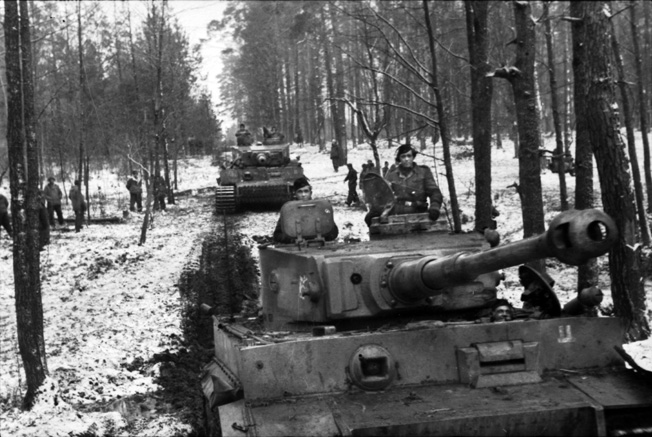
country road near Kirovograd, Russia.
Under combat conditions the Tiger I’s shooting capability was accurate at 1,000m. This was enhanced because the turret traverse was outfitted with a hydraulic motor for the turret drive. The speed of traverse was dependent on the engine speed.
The ability of the Tiger I to negotiate obstacles and cross terrain was as good as or better than most German and Allied tanks. For example, it could cross a two-yard-wide ditch, ford a waterway a yard deep, and climb gradients up to 35 degrees. Initial automotive problems with brakes, drive chain, and leaking seals made the tank hard to maintain in the field, but following modification of the defective parts a Tiger could be kept operational in combat for as long as most World War II armored fighting vehicles.
Battlefield survivability was a key asset of the Tiger I. Its main 88mm gun assured it could destroy any Soviet or Allied tank with a frontal shot out to 200 yards, while American-made Sherman tanks with their improved 76mm cannons had to be within 100 yards to do the same to a Tiger I. Against Russian tanks such as the T 34/85 and JS-122, the Tiger could penetrate frontal armor up to 400 and 100 yards, respectively, whereas the T 34/85 had to be within 100 yards and the JS-122 500 yards to knock out a Tiger frontally.
The Tiger I made its combat debut near Leningrad on August 29, 1942. The original goal for the Tiger was to form strike groups of 20 tanks to act as spearheads for the panzer division’s lighter tanks. By June 1943, Tiger companies contained 14 tanks. During the war Tiger Is were employed in Tunisia, Sicily, Italy, Russia, and northwestern Europe. They constituted 11 Schwere Panzer Abteilungen (Heavy Tank Battalions) with about 45 tanks in each outfit, three SS heavy tank battalions, and five ad hoc tank companies.
A measure of the worth of the Tiger I was revealed in the kill number of Soviet tanks reported destroyed by the 503rd and 506th Heavy Tank Battalions in Russia for the period July 1943 to early January 1944. A total of 714 enemy tanks and 582 antitank guns were destroyed in exchange for 37 Tiger Is knocked out. On the Western Front “Tiger Panic” gripped every GI and Tommy that faced the Tiger, and it usually took three or more Allied tanks, working in concert and angling for a rear or side shot, to bring down one of these iron behemoths.
The King Tiger
Not satisfied with the Tiger I, the German hierarchy demanded a bigger tank. The wunderwaffe designers at Henschel obliged with the Tiger II, more popularly referred to as the King Tiger. Built on the same chassis as the Tiger I, and using almost the same automotive parts as that vehicle, the essentially modified Tiger I weighed in at 70 tons when fully combat loaded.
Armor protection was increased on the upper and lower hull to 150mm and 100mm respectively, sloped at 40 degrees. Side and rear armor was 80mm, while the front turret plate was 180mm thick at 80 degrees and its sides were 80mm at a 60-degree angle. The powerful 88mm KwK 43 L/71 cannon served as its main armament and 78 rounds were carried. Two 7.92mm machine guns were mounted on the vehicle to deal with enemy infantry.
With a maximum cruising range of 106 miles, the Tiger II traveled at a rate of 26 miles per hour on roads and about 10 miles per hour cross country. Its ability to negotiate obstacles was about the same as that of the Tiger I.
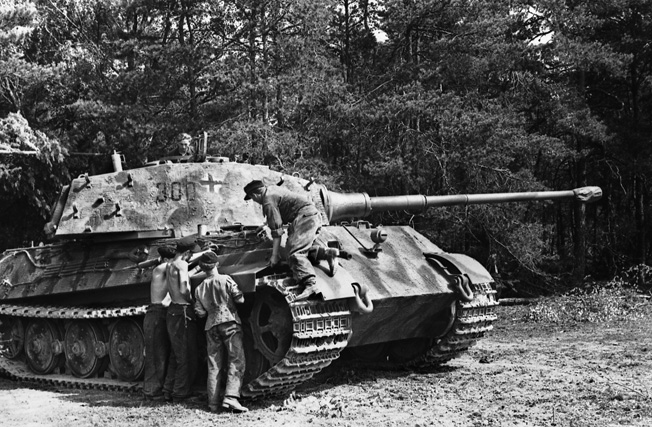
to be changing the camouflage scheme. Although its 88mm high-velocity cannon was formidable, the tank was heavy, ponderously slow, and prone to mechanical failure in cross-country operations.
About 500 King Tigers were produced during the war, most serving with the German heavy tank battalions on the Eastern Front. Like the Tiger I, the Tiger II was a terrifying weapon on the battlefield but far too costly and time consuming to build to alter the course of the war in Europe.
The Gigantic Maus Tank
If there is any doubt that the crazed minds running the Third Reich, especially that of Adolf Hitler, never gave up the quest to have the biggest and best engines of war, the Maus puts that issue to rest. The Maus, or Mouse tank, weighed 180 tons. Hitler first saw a full-scale wooden model of this monster armored fighting vehicle at the Führer Headquarters in East Prussia in May 1943. He was ecstatic over the model—a “wunderwaffe” in the true sense of the word.
The Maus could only be built in late 1944. Its top speed was only 12 miles per hour, and it was plagued with mechanical problems, according to Albert Speer, Reich Minister for Armaments and War Production. Speer and Inspector General of Panzer Forces, Colonel General Heinz Guderian, were vehemently opposed to the Maus tank program, but Speer’s own deputy, Carl Otto Saur, who secretly coveted his boss’s post, encouraged Hitler to demand the weapon be produced.
Porsche, one of Germany’s premiere prewar car designers and manufacturers, and since 1939 a major arms producer, was tasked with building the Maus, first designated the Type 205 Maus. Referring to the Maus concept, Hitler exclaimed to Porsche: “If I had a hundred of these, I could turn back the Russians!” But by the time the war ended, Nazi Germany had built only four Maus prototypes, none of which every saw action.
The Panzer VII, as the Maus was also known, at 33 feet long and 12 feet wide, was 50 percent larger than the King Tiger. It weighed 207 tons when prepared for combat. It was massively protected with 200mm of armor plate on its front at a 35-degree angle, 180mm on its sides, and 160mm safeguarding its rear. The turret’s front was covered by 240mm of armor; the sides of the turret had 200mm of protective armor.
The Maus’s main gun was a 128mm cannon, later intended to be replaced by a 150mm cannon. Instead of the usual pair of machine guns found on most tanks of the time, the Maus would sport two 75mm antitank weapons along with a cannon mounted on the turret’s roof to act as an antiaircraft weapon.
Engineer Joseph Kaes of Porsche designed the 44.5-liter engine for the Maus, which was built by Daimler-Benz. Its output was 1,080 bhp at 2,300 rpm. The decision to build the Maus gave rise to an immediate problem—that of transporting it. The only way this beast could be moved any distance was by rail since any ordinary bridge would collapse under its weight. At the time, Germany had no railway car capable of carrying a tank 33 feet long and 12 feet wide. Porsche therefore had to design an 88-foot long flatbed railway carriage with 14 axles to transport it.
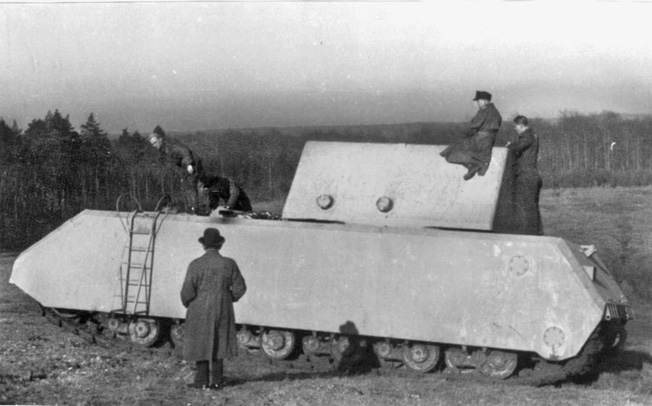
Speer remembered, “By way of pleasing and reassuring Hitler, Porsche undertook to design a super heavy tank which weighed over a hundred tons, and hence could only be built in small numbers, one by one. For security purposes, this new monster was assigned the codename Mouse. In any case, Porsche had personally taken over Hitler’s bias for super heaviness, and would occasionally bring the Führer reports about parallel developments on the part of the enemy.”
Speer later noted in his secret Spandau Prison diary, “I recall a characteristic episode that took place in May 1943 in the East Prussian headquarters…. Hitler was being shown a full-size wooden model of a 180-ton tank that he himself had insisted on. Nobody in the tank forces displayed any interest in the production of these monsters, for each of them would have tied up the productive capacity needed to build six or seven Tiger tanks, and in addition would have presented insoluble supply and spare parts problems.”
“The thing would be much too heavy,” continued Speer, “much too slow, and moreover could only be built from the autumn of 1944 on. We—that is Professor Porsche, General Guderian, Chief of Staff Zeitzler, and I—had agreed before the beginning of the inspection to express our skepticism, at least by extreme reserve. In keeping with our arrangement, Porsche, when asked by Hitler what he thought of the vehicle, replied tersely in a noncommittal tone, ‘Of course, mein Führer, we can build such tanks. The rest of us stood silently in a circle.’”
Speer also recalled that at that point Otto Sauer, observing Hitler’s disappointment, began to rant about the good chances of manufacturing the Maus and the importance of developing new weapons technology. Buoyed by Sauer’s enthusiasm, Hitler was soon euphorically talking of building tanks weighing 1,500 tons and using them to overpower the Russians. He dismissed the problem of transporting them by declaring that they would be moved by rail in sections and put together just before being committed to battle!
At the conclusion of the conference, a Panzer colonel, just returning from the Russian Front and brought to the meeting at Speer’s request, told Hitler that a single hand grenade or incendiary charge exploded anywhere near the Maus’s ventilator opening could set fire to the oil vapors of the vehicle, rendering it hors de combat. Clearly disturbed by this unwanted revelation, Hitler blurted, “Then we’ll equip these tanks with machine guns that can be guided automatically in all directions from inside [the tank].”
The Maus was never to see action, and only four prototypes were made. The Type 205, when contrasted with the humble Soviet T-34 tank, proved that in matters of weapons evolution, quantity matters as much as quality.
Arnold Blumberg is an attorney with the Maryland State government and resides with his wife in Baltimore County, Maryland.
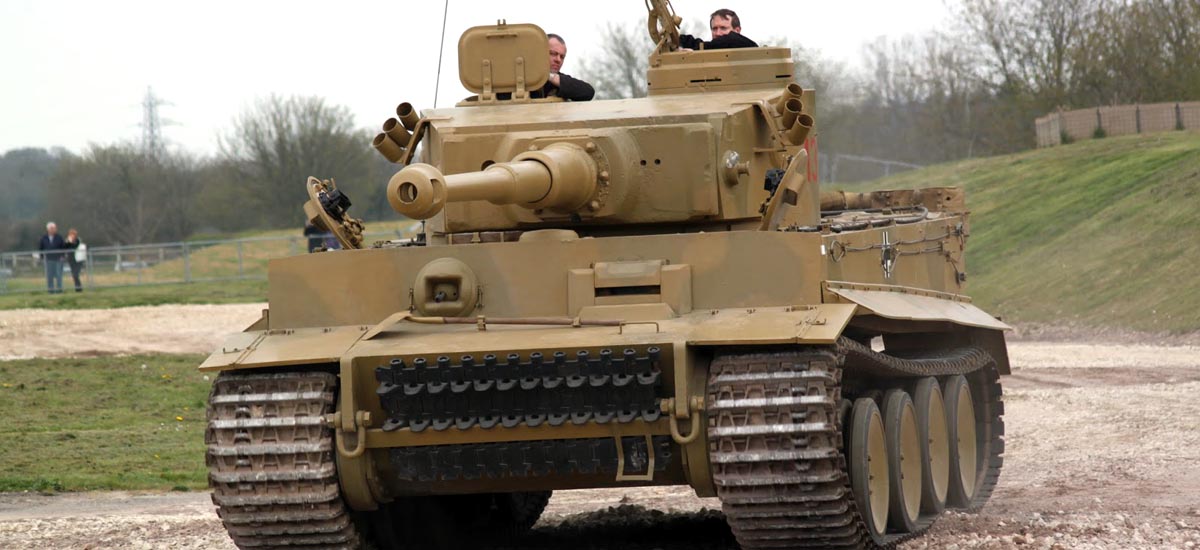
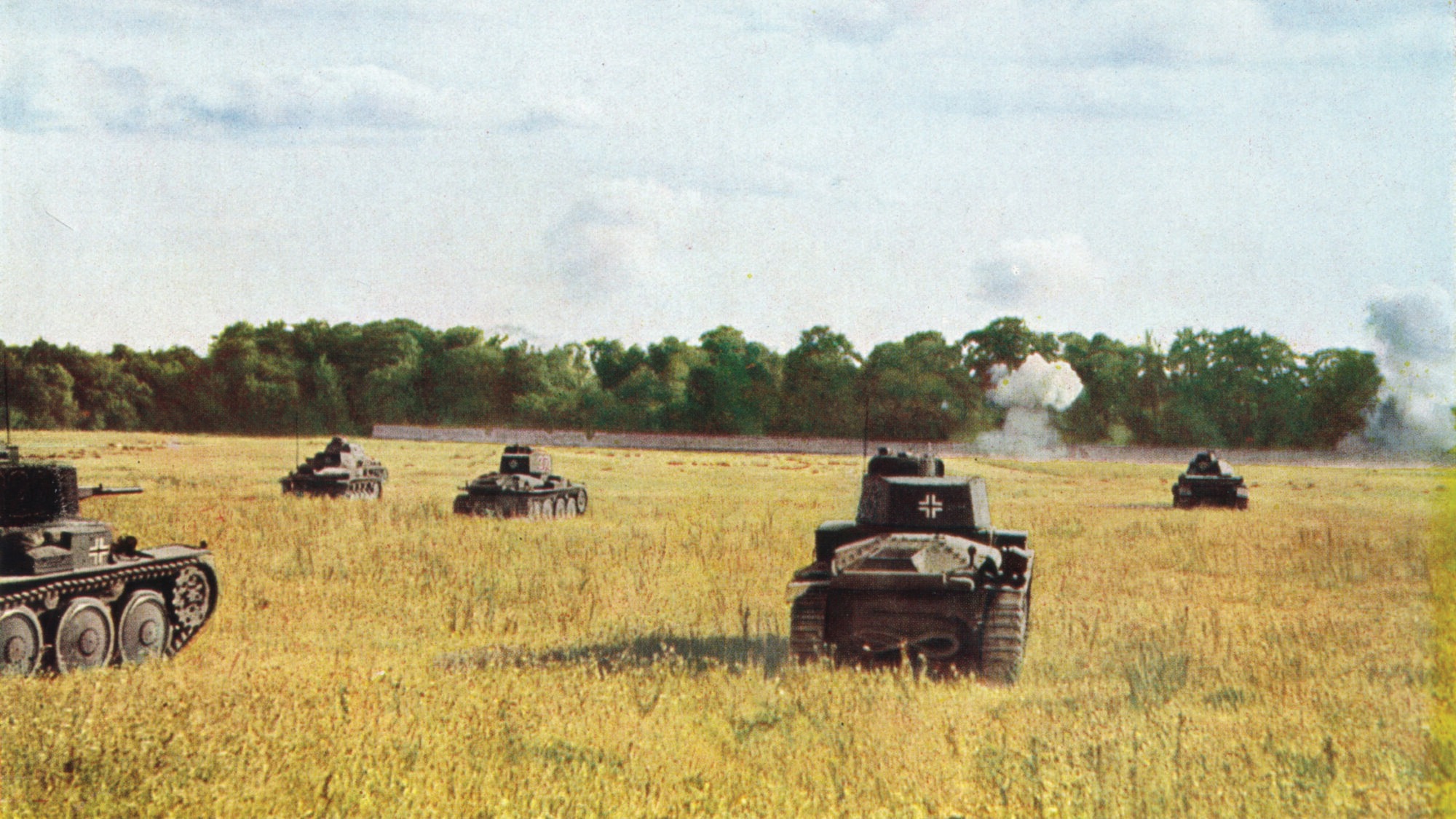
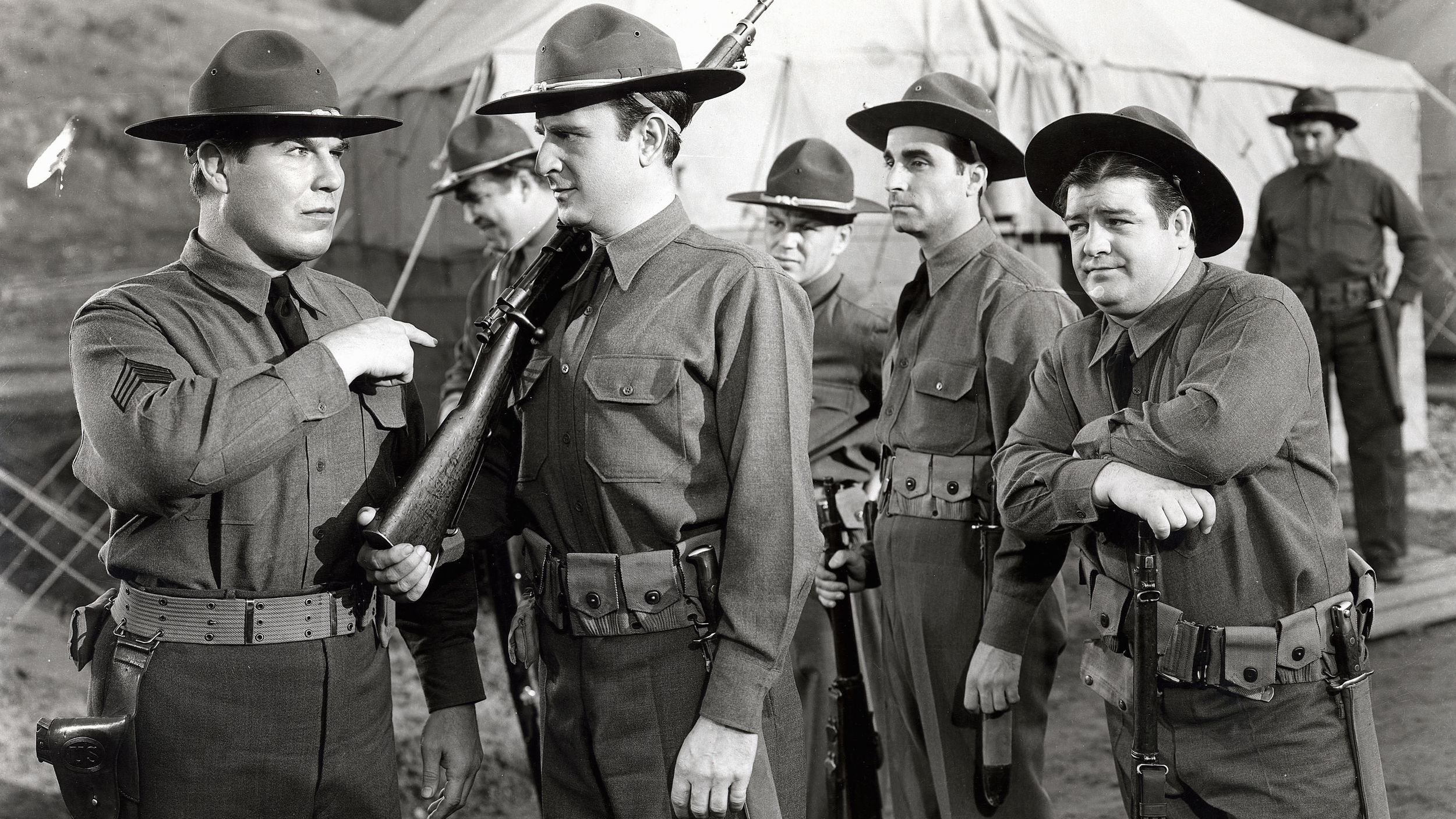
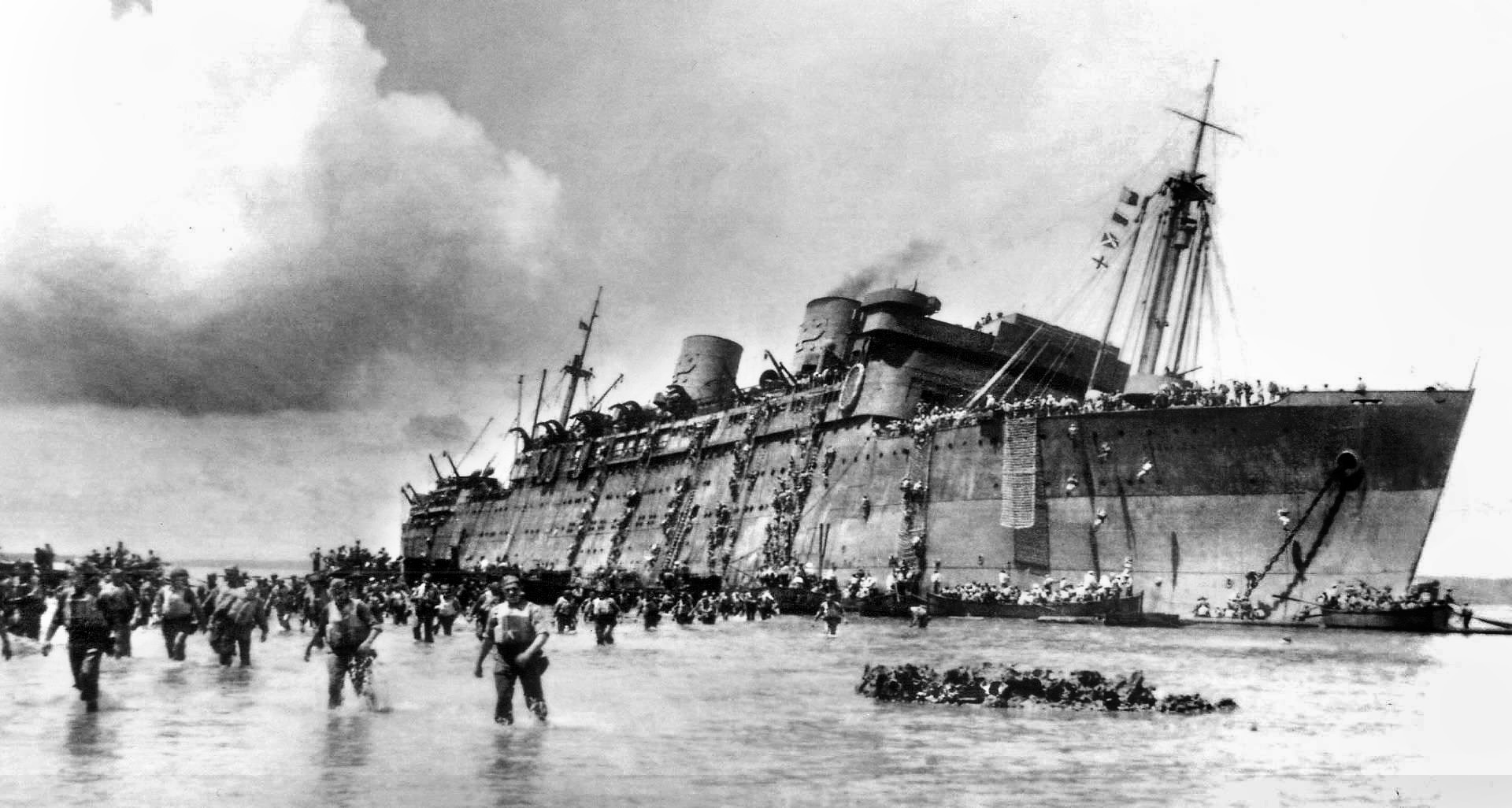
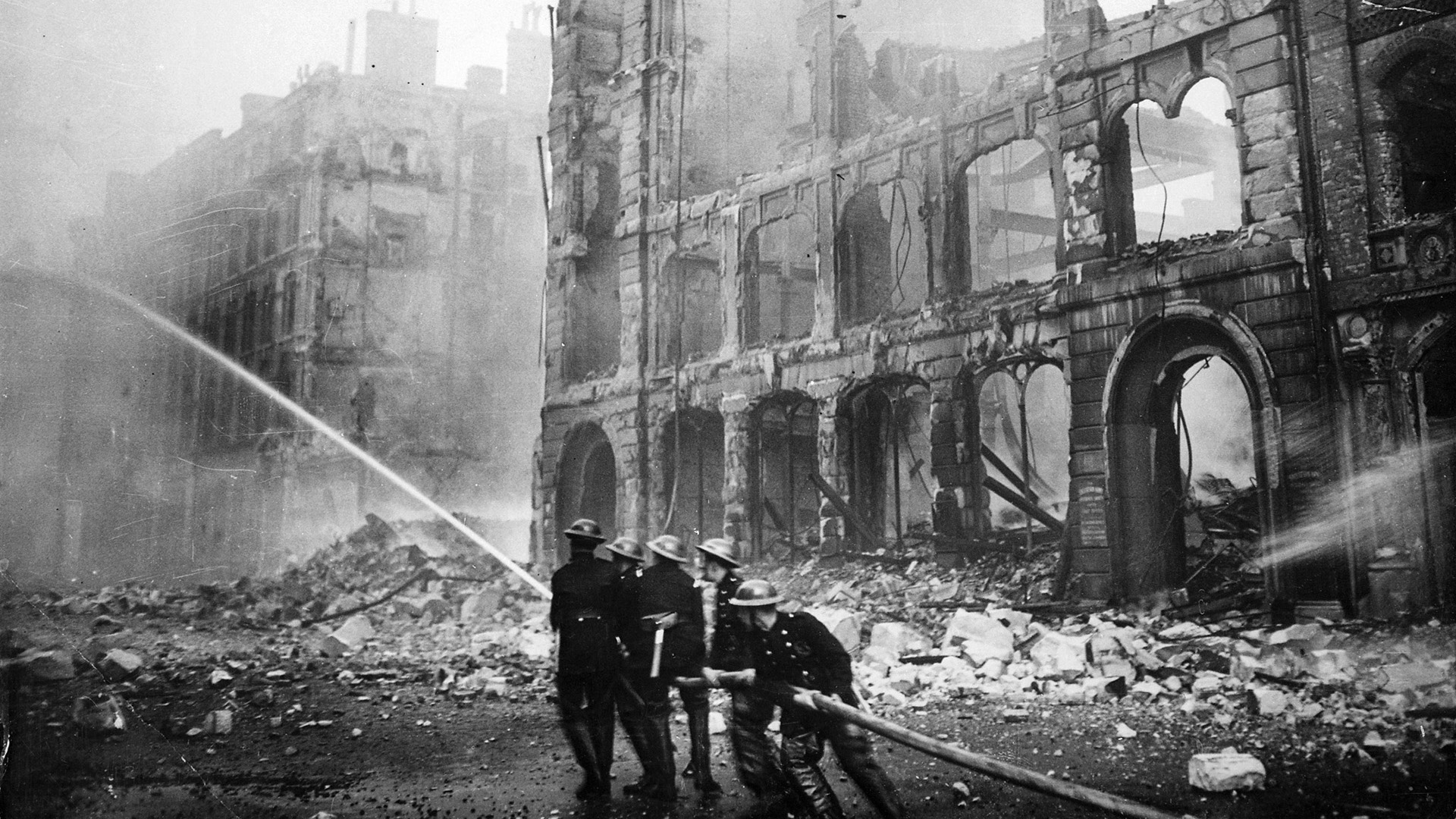
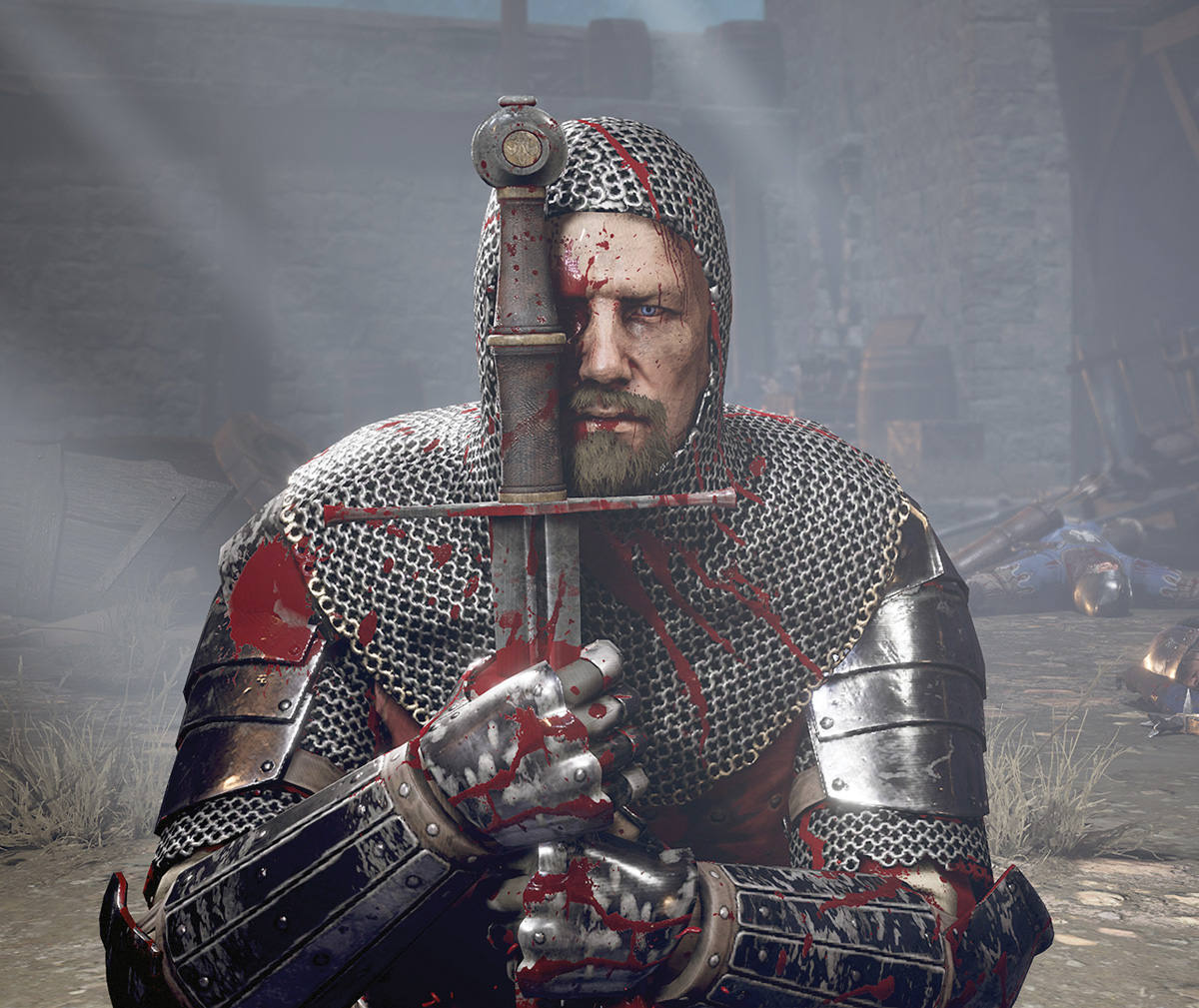

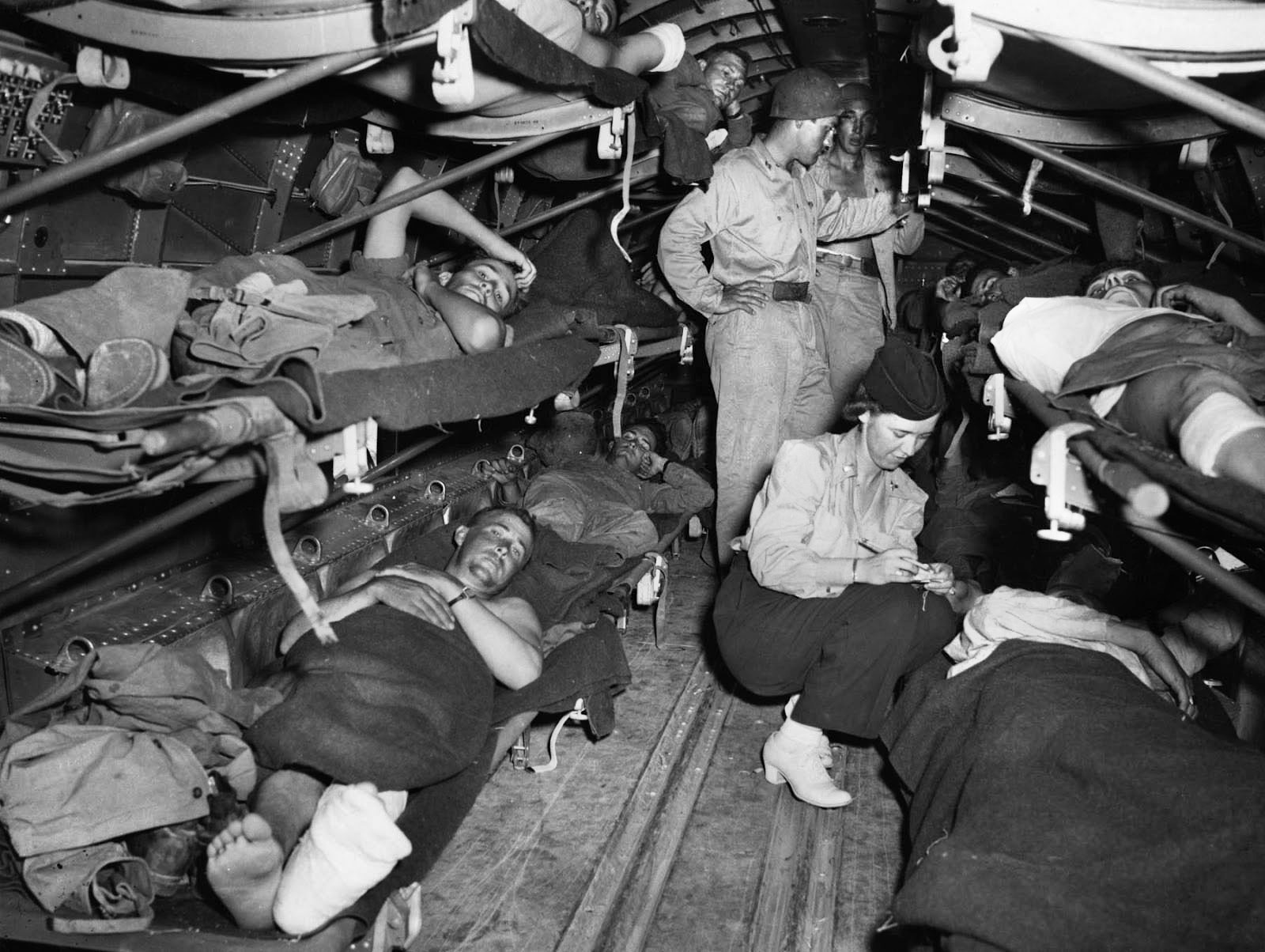
The Messerscmitt 163 Komet rocket powered interceptor should have been included in this list. The delta wing design with no tail horizontal stabilizers was a precursor to NASA’S Space Shuttle in many ways.